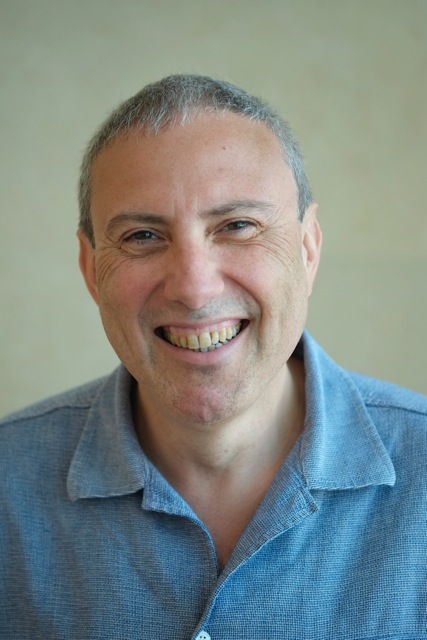On Wigner and Bohmian Measures in Semiclassical Quantum Mechanics: We present quantum mechanics in three different formulations: the classical Schroedinger picture, the kinetic phase-space Wigner picture and the somewhat less known `quantum-trajectory-type’ Bohmian picture. In particular we discuss the semiclassical limit problem, which is treated by well-known WKB (high) frequency asymptotics in the Schrödinger picture and by kinetic scaling limits in the Wigner picture. Somewhat surprising results come up in the semiclassical limit of the Bohmian formulation, mainly concerning the limits of the Bohmian quantum trajectories. The main mathematical tools are pseudo-differential operators, micro-local analysis and the theories of monokinetic, multikinetic and Young measures.
Main reference: Alessio Figalli, Christian Klein, Peter Markowich and Christof Sparber: WKB analysis of Bohmian dynamics. Comm. Pure Applied Math., 67(4): 581–620, 2014



